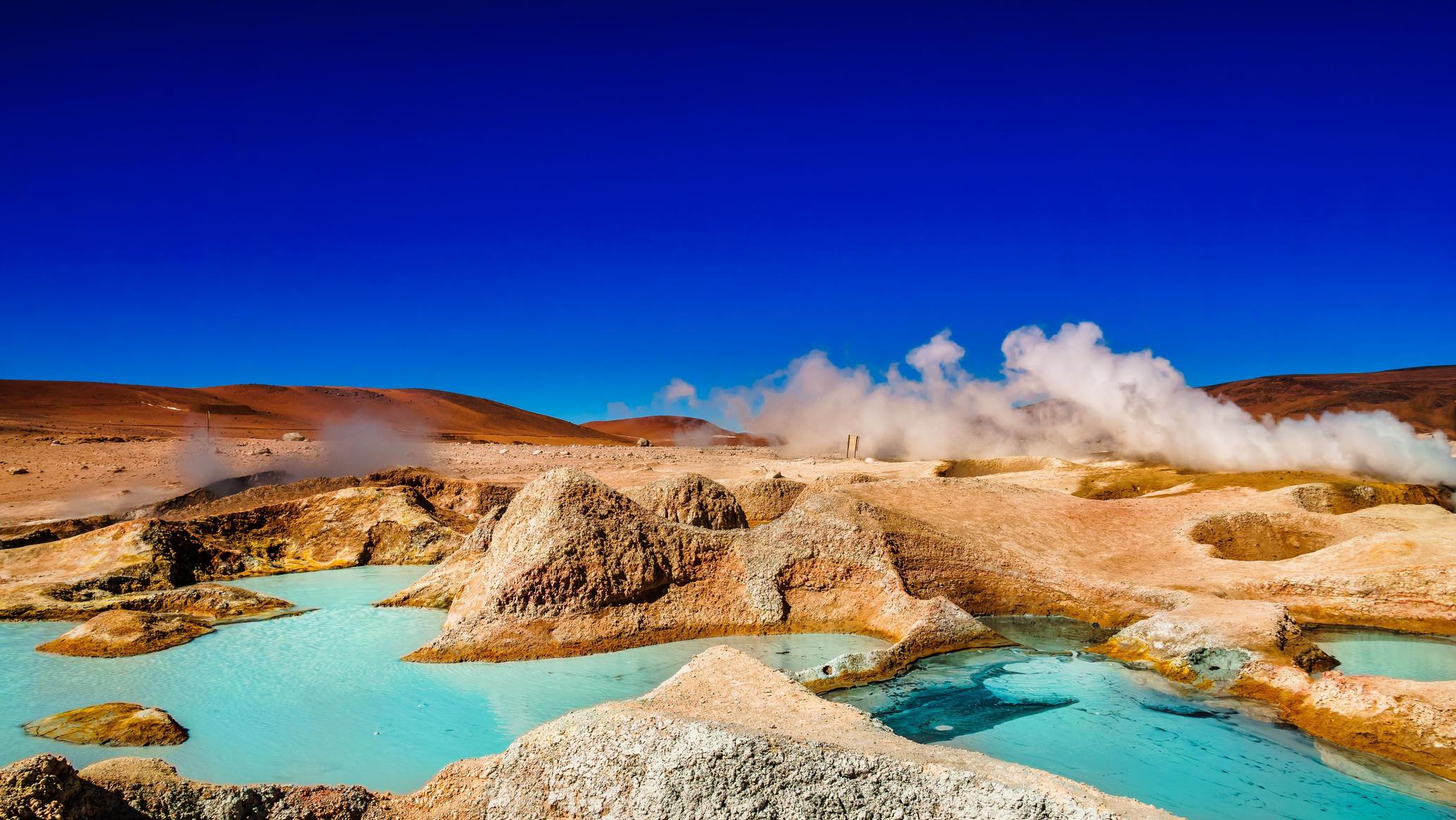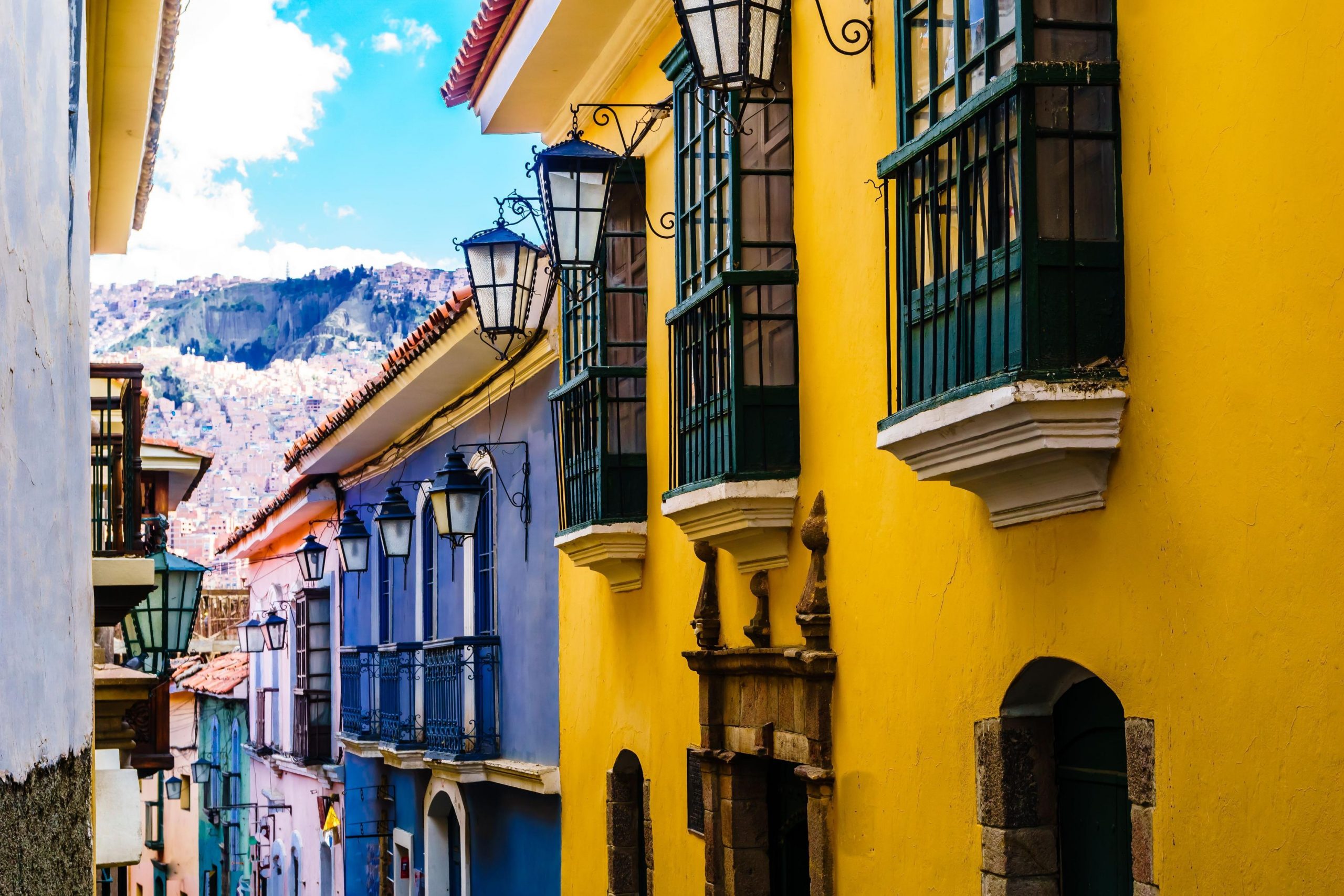The culture of Tiwanaku was based on the cult of the Sun, so gold, the solar metal, was the most revered material for the people: they decorated temples, the robes of those in power and priests. The production of ceramic products was also well developed.
And today, the area around Lake Titicaca is not very suitable for farming with classical methods, which illustrates the current deplorable state of agricultural land in the area. Studies have shown that agriculture in the ancient state was at an unusually high level.
On the lands exposed from the receding water of the lake, characteristic alternating stripes are visible. Only in the 60s of the XX century. managed to understand the purpose of the bands and small channels.
These Varu-varu, as the Indians call them, turned out to be part of a complex system of ancient eco-farming, according to legend, left to the people of Tiahuanaco by the Gods. The ancient agricultural complex, which was superior to modern land use systems, is now called “raised fields”. Around the lake, the Indians erected artificial embankments, irrigated with a system of canals.
In 1993, neighboring farms conducted an experiment by completely recreating part of the ancient raised fields and planting them with potatoes. The result exceeded all expectations: in the experimental plots, farmers received potatoes of excellent quality, and the quantity was 10 times higher than the yield obtained during conventional planting.

At this altitude, frosts severely damage crops, and in elevated fields, their impact is minimized due to channels, the water of which accumulates daytime heat. The harvest in such fields does not suffer from either drought or floods.
Destruction and restoration of the “Dead City”
The sacred city was a port, apparently, it was built at a time when Titicaca was much wider and almost 30 m deeper, as evidenced by the preserved port facilities located near the former shoreline of the lake. The city harbor with piers and dams was built from huge stone blocks weighing 100-440 tons.
Today the port facilities are 20 km away. from the shore of the lake. Most experts suggest that the reason for the sharp decrease in the volume of water in the reservoir was an electric discharge explosion of some cosmic body in the Earth’s atmosphere. The legends and mythology of the South American natives make it possible to determine not only the trajectory of the fall of a large fragment of a comet, but even the places of discharge explosions.
Presumably, a huge blast wave splashed the waters of the lake, significantly lowering its level, and scattered, like matches, massive stone blocks from which the city buildings were built. The powerful force of the blast wave drove a giant water shaft over 30 m high over the entire surface of Lake Titicaca (more than 600 km), which demolished all obstacles in its path.
A deadly avalanche of water rolled over the island on which the port was located, washing away houses along with people. Probably, the picture of the all-destroying stream gave rise to the cosmogonic myth of the god Viracocha (Spanish: Huiracocha; Quechua Wiraqucha). In one terrible day, the volume of the lake decreased by almost 4 times, and the city died as a result of a terrible catastrophe.
According to the Spanish chroniclers, the first Incas built their residence here. Not far from the ancient buildings of the city were the inns of the Incas. Nearby stood the house where Manco Inca was born.
On the sacred island of Titicaca – according to legend, it was there that the god Inti lowered the first Incas, Manco Capac (Kech. Manco Capac; founder of the Inca state) and Mama Oklo (Kech. Mama Occlo; sister and wife of Manco Capac) to the earth – the Incas built the Temple of the Sun, completely lined with gold plates. There is a legend that when the greedy Spaniards invaded these lands, the Indians drowned all the treasures in the lake.
After the destruction and looting of Tiwanaku in the 17th century, interest in the settlement noticeably weakened. A change in attitude towards ancient ruins was observed during the War of Independence from the Spanish Crown (1810 – 1826), when the independence fighters elevated the pre-Columbian past to the status of icons of national self-consciousness.

This is confirmed by the fact that in 1825 Antonio José Sucre (the liberator and President of Bolivia) ordered the Gate of the Sun to be excavated and erected in its original place in Tiahuanaco and declared as a symbol of the birth of a new nation. However, these patriotic sentiments were short-lived.
By the beginning of the XX century. the city continued to be associated with the wild past, it was not only not tried to be preserved, but it was still barbarously destroyed. There was a “systematic destruction of the ruins of the ancient city.
The extermination of the settlement was carried out both by the Indian population of the modern village of Tiwanaku, who used the ruins as a stone quarry for their domestic and commercial needs, and by the builders of the Guaqui-La Paz railway (Spanish: Guaqui-La Paz).
In the modern village of Tiahuanaco, at first glance, a huge amount of skillfully hewn stone in rough buildings, fences of yards and pavements is striking. The church was also built mainly from ancient blocks.
Fragments of antiquities from neighboring ruins are visible everywhere, from where hewn stones were taken not only for the surrounding villages and temples of the valley, but also for the construction of the Cathedral of the Bolivian capital La Paz. Monuments of the past “provided” materials for many public buildings, bridges, highways of today. The Spaniards even blew up unique giant sculptures in order to use their pieces for construction purposes.
